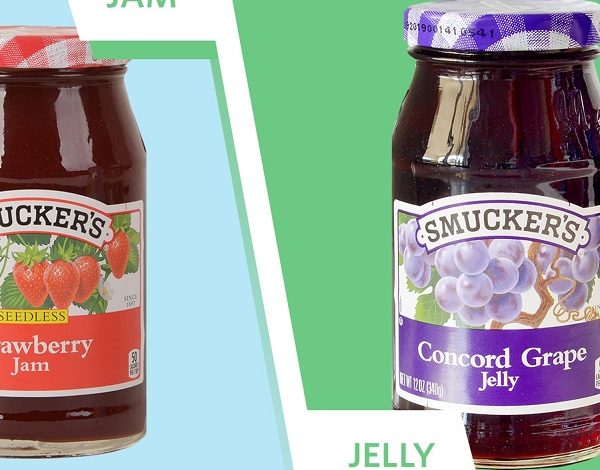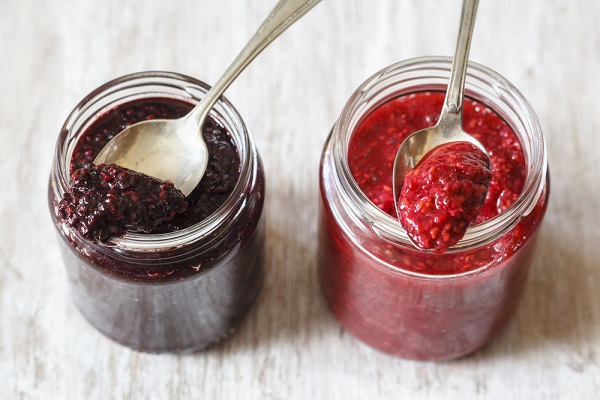What’s the Difference Between Jam and Jelly

Jelly is a type of jam, but it’s not the same as traditional jellies. Jelly is less solid, and has more liquid. It can be made without pectin. In this blog article, we take an in-depth look at the differences between these two types of food!
What is a Jam?
A jam is a type of fruit preserve that usually has a higher sugar content than a jelly. Jams are made from whole fruits, whereas jellies are made from fruit juice. Jams typically have a thicker consistency and a darker color than jellies.
What is a Jelly?
A jelly is a type of food that is made from fruit that has been boiled and then thickened with sugar. Jellies are often used as a filling for cakes or pies, or as an appetizer.
The Difference Between Jams and Jellies
When it comes to food, jam is a type of fruit spread that is typically made with high-quality fruit and sugar. Jelly, on the other hand, is a type of fruit preserve that can be made with lower quality fruit and more sugar. The main difference between jams and jellies is the level of sweetness. Jams are typically sweeter than jellies, but there are variations in sweetness.
The two types of preserves also have different textures. Jams tend to be smoother than jellies and have a slightly thicker consistency. Jellies are usually more spreadable and have a thinner texture.
Jams are made from fruit that has been cooked until it has thickened into a spreadable consistency, while jellies are made from fruit that has been puréed and thickened with sugar or other sweeteners. Jams usually contain less sugar than jellies, and they’re often used as a filling for cakes or pies.
Jam and jelly recipes often call for different ingredients, too. For example, to make a strawberry jam, you might need strawberries, sugar, lemon juice, and pectin. To make a raspberry jam, you’d use raspberries, sugar, lemon juice, and pectin.
Another important difference between jams and jellies is how long they will last in the fridge. Jams will last for several weeks if stored in an airtight container, while jellies will last for about two weeks if stored in an airtight container.
The main difference between jams and jellies is that jellies can be stored for longer periods of time without spoiling. Jams will usually spoil after a few weeks if not stored properly in the fridge.
Another important difference between jams and jellies is that jams can be used in desserts or savory dishes while jellies can only be used as toppings for cakes or pastries.
Pros and Cons of Preserving with Jellies rather than Jam
Jam is a pectin-rich fruit spread typically made from blackberries, blueberries, or raspberries. Jam is a traditional preserve and can be used to top fresh fruit or ice cream. Jellies are made by boiling sugar and water until the mixture thickens and coats the back of a spoon. Jellies can have a variety of flavors, but are most commonly grape or strawberry.
Preserving food with jellies rather than jams offers a few distinct advantages. First, jelly can be stored in a sealed container indefinitely without going bad. This is not the case with jams, which typically last for around six months in the fridge but can eventually spoil. Second, jellies are usually less expensive to make than jams. This is because you need only a small quantity of fruit to make a jelly, whereas you need more fruit to make a jam. Finally, many people find that jellies taste better than jams.
Conclusion
Jams are a type of preserve that is made from fruit and sugar, while jellies are made from fresh fruits or vegetables. Jams usually have a thicker consistency than jellies, and they can be served with breakfast as part of a traditional English breakfast or as aessert. They are also good in savory dishes such as quiches and shepherd’s pie. Jellies, on the other hand, are often used in salads or mixed into oatmeal for breakfast. They also make great summertime treats like refreshing fruit popsicles.




